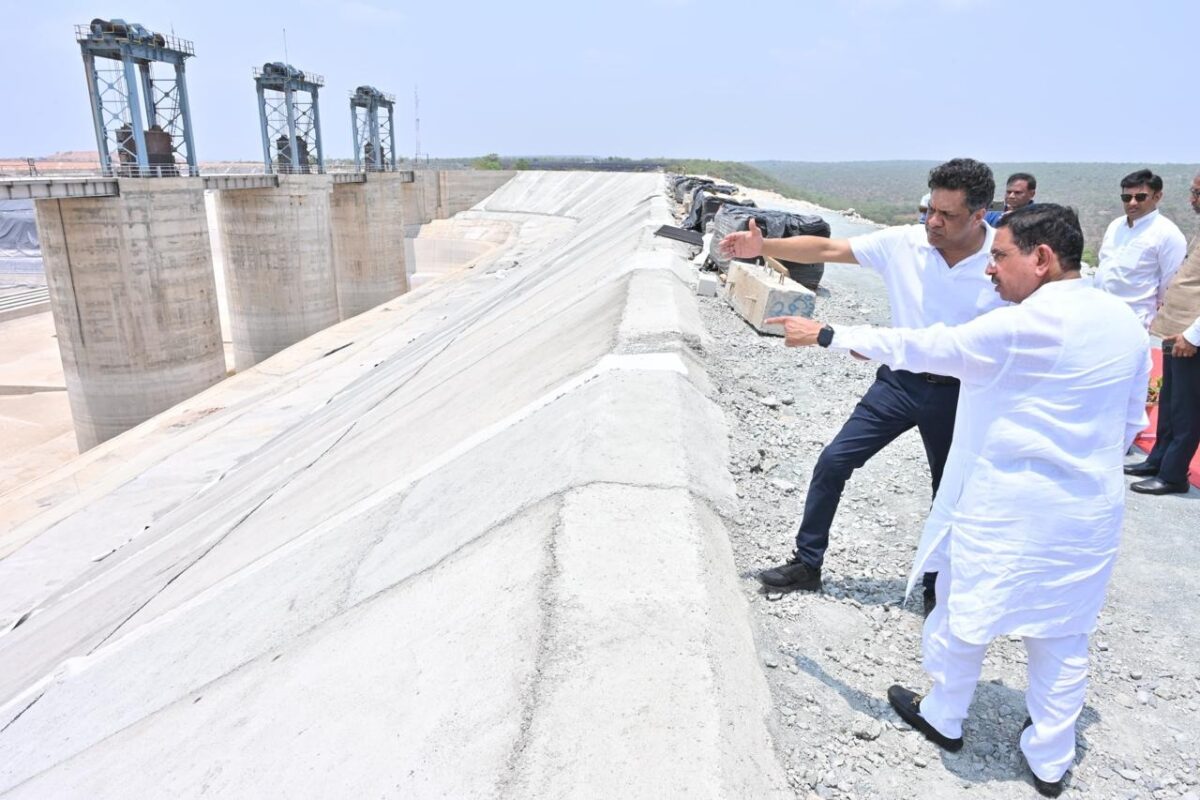From pv magazine International
Regulations that completely prevent PV curtailment could end up restricting the ability of grid operators to use solar power for ancillary services, according to new research by scientists from the U.S. Department of Energy’s National Renewable Energy Laboratory (NREL).
In “Too much of a good thing? Global trends in the curtailment of solar PV,” which was recently published in Solar Energy, the NREL team analyzed how PV curtailment is handled in four mature solar energy markets: Germany, Chile, the United States, and China. They found that in 2018, the curtailment of solar power in these countries hit 6.5 million MWh, to account for around 1% of total PV power generation.
Curtailment will become more common as future PV deployment increases. However, current grid and market practices in these key solar markets discourage curtailment, as it is considered a loss for PV plant operators.
“Some grid policies require utilities to compensate generators for curtailed output, and some interconnection policies prohibit systems from interconnecting if those systems will result in curtailment,” the researchers said. “Changing grid and technological contexts require a reexamination of the definition of curtailment and its stigma.
The researchers identified three major trends across the four key markets. First, they found that policy and grid planning practices influence where and when curtailment is performed.
“In China, the initial structure of the feed-in tariff contributed to increasing curtailment in the northwest provinces,” the scientists said. “In Germany, compensation requirements for curtailed output likely keep curtailment lower in Germany than it would otherwise be without those compensation requirements.”
In California, network operator CAISO is extending the range of its balancing area through the creation of a regional energy imbalance market (EIM), the NREL team noted. As a result, some PV curtailment can be shifted to Arizona.
The second trend relates to geographical mismatches and limited transmission capacity, which can have a significant impact on near-team curtailment. “Geographical mismatches are at least partially responsible for relatively high curtailment in Chile, China, and Texas,” the scientists said.
They also noted that PV curtailment follows seasonal patterns. “PV curtailment tends to peak in the spring and fall, when PV output is relatively high but load is relatively low,” they said.
In addition, the research team noted that PV curtailment could be optimized by increasing grid/load flexibility, deploying more storage, and enhancing regional coordination.
“As PV curtailment becomes an increasingly common and perhaps valuable component of PV deployment, grid operators and planners may need to shift from a stance of curtailment prevention toward curtailment management,” the NREL researchers said.
This content is protected by copyright and may not be reused. If you want to cooperate with us and would like to reuse some of our content, please contact: editors@pv-magazine.com.









By submitting this form you agree to pv magazine using your data for the purposes of publishing your comment.
Your personal data will only be disclosed or otherwise transmitted to third parties for the purposes of spam filtering or if this is necessary for technical maintenance of the website. Any other transfer to third parties will not take place unless this is justified on the basis of applicable data protection regulations or if pv magazine is legally obliged to do so.
You may revoke this consent at any time with effect for the future, in which case your personal data will be deleted immediately. Otherwise, your data will be deleted if pv magazine has processed your request or the purpose of data storage is fulfilled.
Further information on data privacy can be found in our Data Protection Policy.